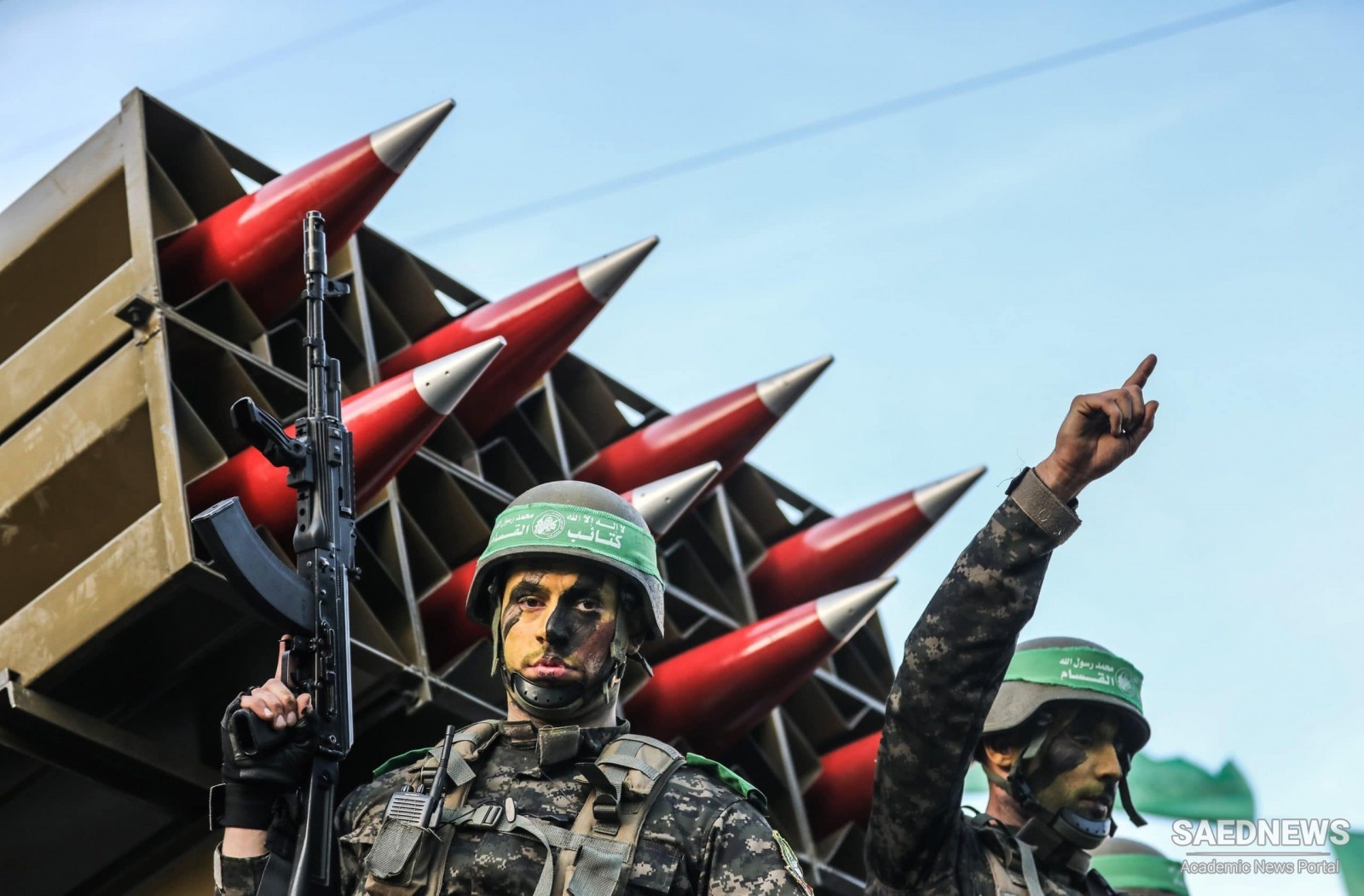Through powerful pervasive networks of charities, mosques, unions, schools and sport clubs, Hamas’s assistance and care of needy people have been felt personally by hundreds of thousands of Palestinians. The provision of these services has also been marked by honesty and transparency, which equally has always been compared with the corrupt performance of other major Palestinian factions, particularly Fatah, which controlled the Palestinian Authority from 1994. The popularity of Hamas and its victory in the 2006 elections is at least partially an outcome of its sustained devotion to helping the poor. Hamas was known to give monthly help even to people who worked for the Fatah Palestinian Authority when their income was considered to be below the poverty line.
Known to be Hamas’s major strategic strength, the Islamic charities and institutions run by the movement have always been targeted by Israel. For years Israeli attacks aimed to close down these charities, block their funds and mobilize international campaigns against their external donors. Israel has tried to claim that Hamas’s social work organizations in the West Bank and the Gaza Strip channel funds to Hamas’s military activities. However, the real intention behind the continuous harassment and closure of these charities and facilities, either by Israel or later by the Palestinian Authority, was the popularity they bring to Hamas.
After 9/11 the pressure on Hamas and its activities multiplied. Israel succeeded in mobilizing the United States and the United Kingdom to take measures against a number of Islamic organizations accused of sending funds to Hamas’s charities. The United States also pressured the Palestinian Authority to act against Hamas’s social activities, which included providing monthly stipends to the families of ‘martyrs’ to the cause of liberation, such as suicide bombers. This particularly was seen as an indirect encouragement for the future recruitment of bombers, who would rest assured that their families would enjoy protection and support.
At various periods of time Hamas’s social work was really hindered or crippled by Israeli or official Palestinian efforts, yet it would gather momentum again and resume its operations. In the years 2003/04 the Palestinian Authority yielded to Israeli/US pressure and took harsh measures against Hamas’s charities, including freezing the bank accounts of twelve charities in the West Bank and 38 in the Gaza Strip. The Islamic Society, with its nine branches in the Gaza Strip, was a particular target. Protesting against these measures, thousands of Palestinian families took to the streets in November 2003, throwing stones at the premises of the Legislative Council. According to local field workers, there were 120,000 Palestinians receiving monthly financial help from those charities. Thirty thousand more benefit from them on an annual basis.
Closing those charities did not help in either lessening Hamas’s military attacks, or reducing its popularity. Despite all the ruthless measures against them, not only by Israel but also by the Palestinian Authority, these charitable organizations remained functioning, serving hundreds of thousands of poor Palestinians in the Gaza Strip and the West Bank.
At one point, there was a remarkable show of power by Hamas against the combined efforts of Israel, the United States and the Palestinian Authority to block Hamas’s funds. Hamas wanted to show that it could solicit funds from ordinary Palestinians to support its organizational and military activities, and that it did not need to rely on its impounded funds, nor would any international blockade against external sources of funding destroy it. Thus, it organized a one-day fundraising campaign in the Gaza Strip on Friday, 9 April 2004. During and after Friday prayers Hamas appealed to the Gazans to donate to the movement and specifically to its Izzedin al-Qassam military wing (not to any outfit or charity affiliated to it). Canvassing all the mosques and public places across the Gaza Strip, Hamas collected huge sums of money. According to independent local sources, around US$1.2 million was estimated to have been collected on that day. Hamas’s own estimate was more than double that figure.


 What is the significance of Hamas’s winning the Palestinian elections of January 2006?
What is the significance of Hamas’s winning the Palestinian elections of January 2006?














































